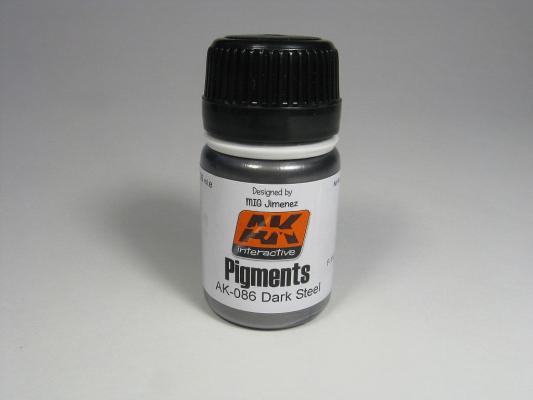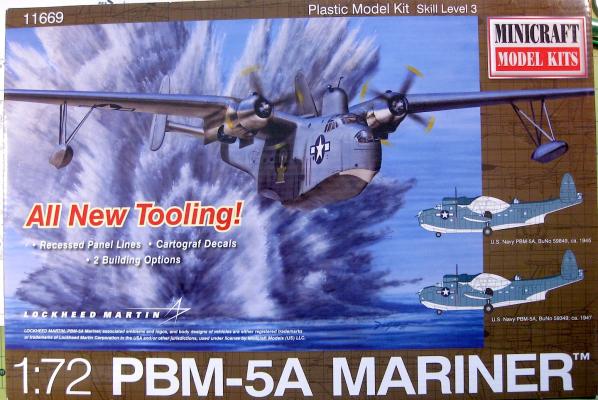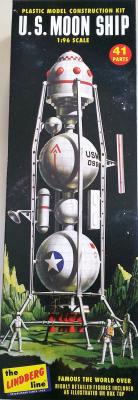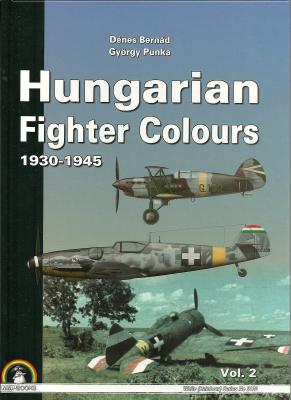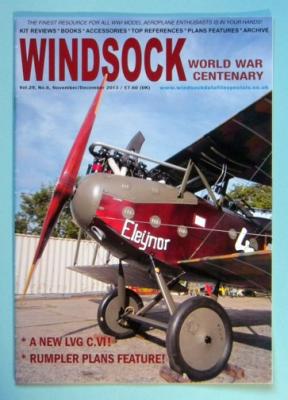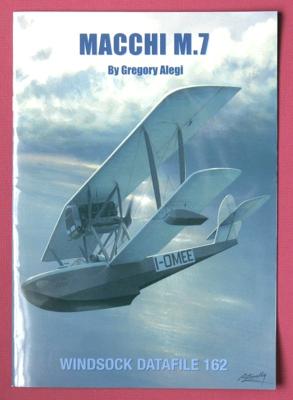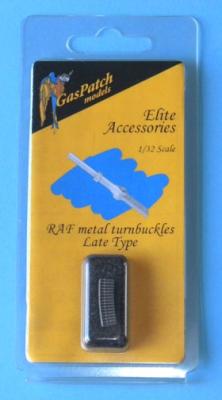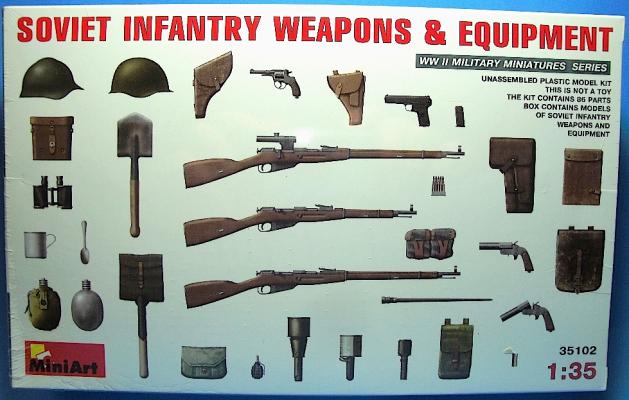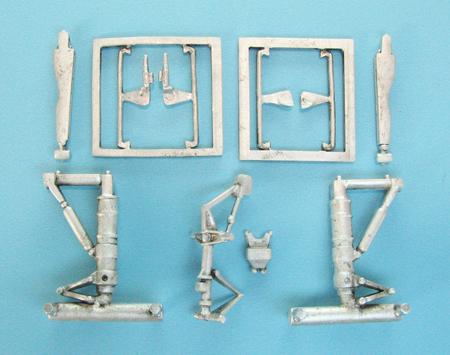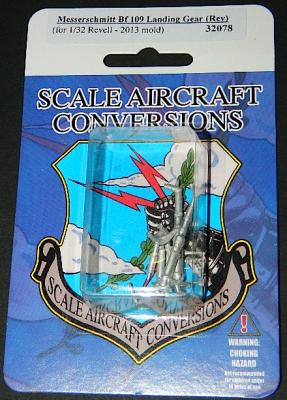AK Interactive has a selected set of pigments (sold individually) known as the “AK Pigment Colors. There are 9 colors and they are the most used pigment shades for weathering models.
You still can get some other specific shade for that special project you have in your workbench, but most of the time, those 9 colors would suffice. (You can see the full list at https://ak-interactive.com/product-category/paints/ak-weathering-paints/).
This series of colors are bottled in larger (35 ml) flip-top bottles with the expectation of being used as “regular” weathering supplies.
One of them is the “dark steel” pigment, which will find its way into many vehicles, armor, ships and aircraft workbench. It is very finely grinded and it can be applied with an old paintbrush.

